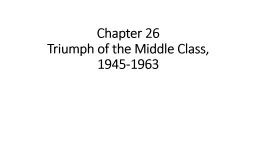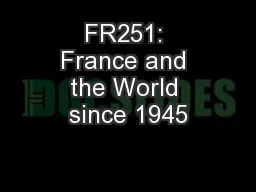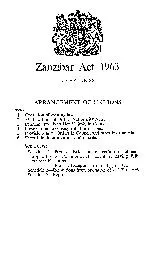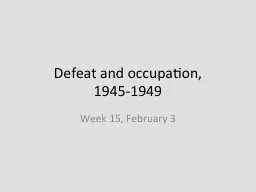PPT-Chapter 26 Triumph of the Middle Class, 1945-1963
Author : tawny-fly | Published Date : 2018-12-16
Economy From Recovery to Dominance Engines of Economic Growth US corporations banks and manufacturers so dominated the world economy that the postwar period has
Presentation Embed Code
Download Presentation
Download Presentation The PPT/PDF document "Chapter 26 Triumph of the Middle Class, ..." is the property of its rightful owner. Permission is granted to download and print the materials on this website for personal, non-commercial use only, and to display it on your personal computer provided you do not modify the materials and that you retain all copyright notices contained in the materials. By downloading content from our website, you accept the terms of this agreement.
Chapter 26 Triumph of the Middle Class, 1945-1963: Transcript
Download Rules Of Document
"Chapter 26 Triumph of the Middle Class, 1945-1963"The content belongs to its owner. You may download and print it for personal use, without modification, and keep all copyright notices. By downloading, you agree to these terms.
Related Documents














